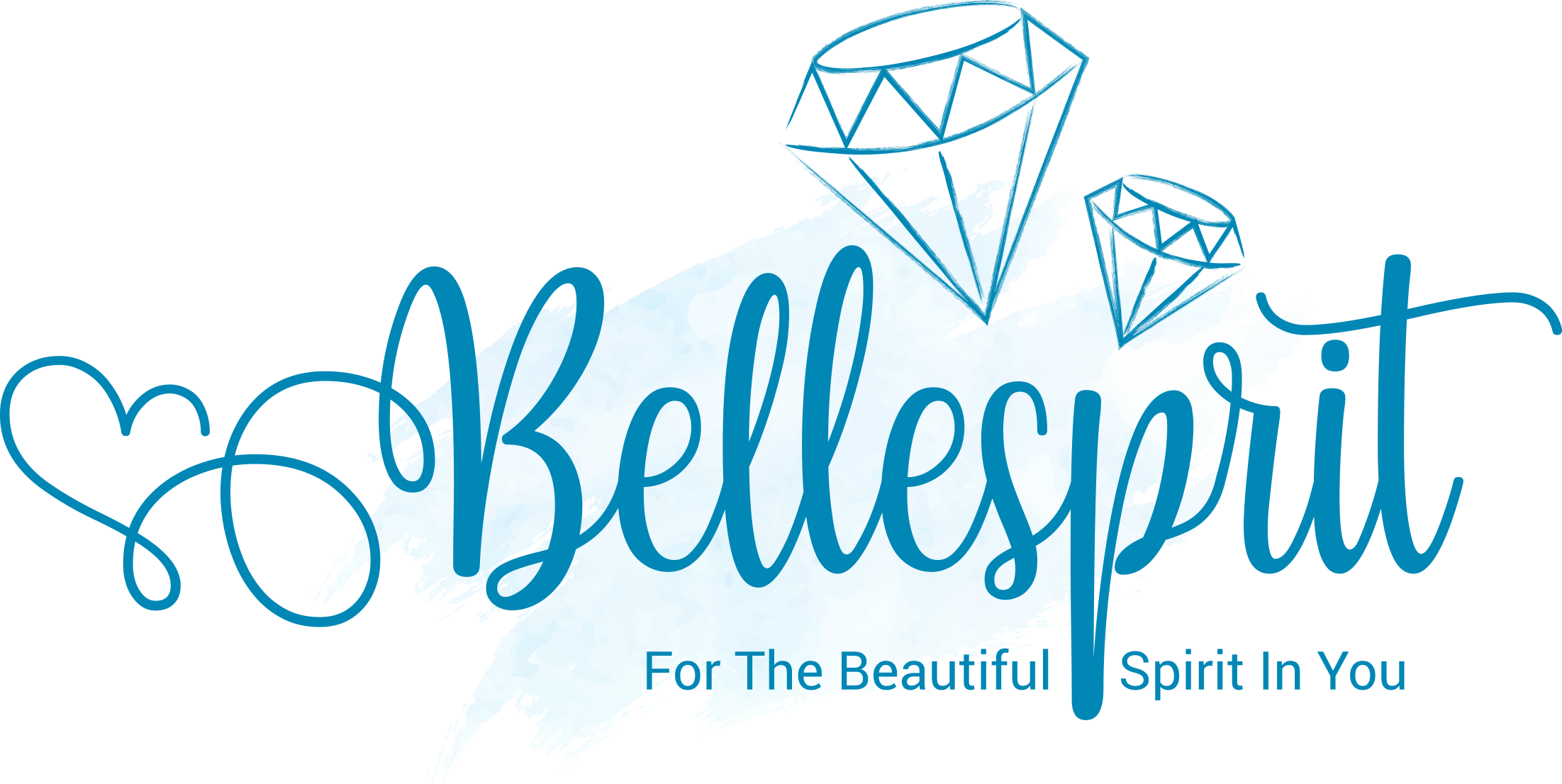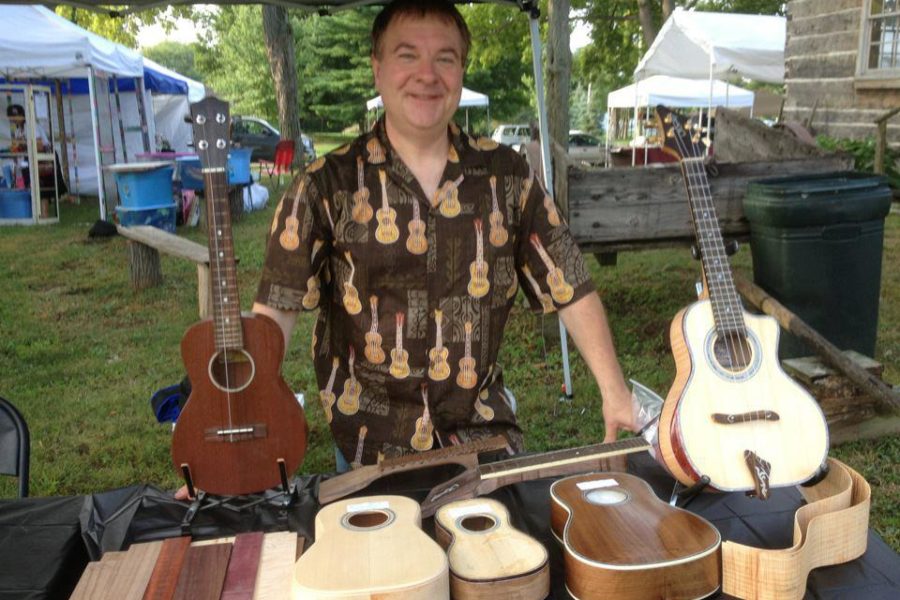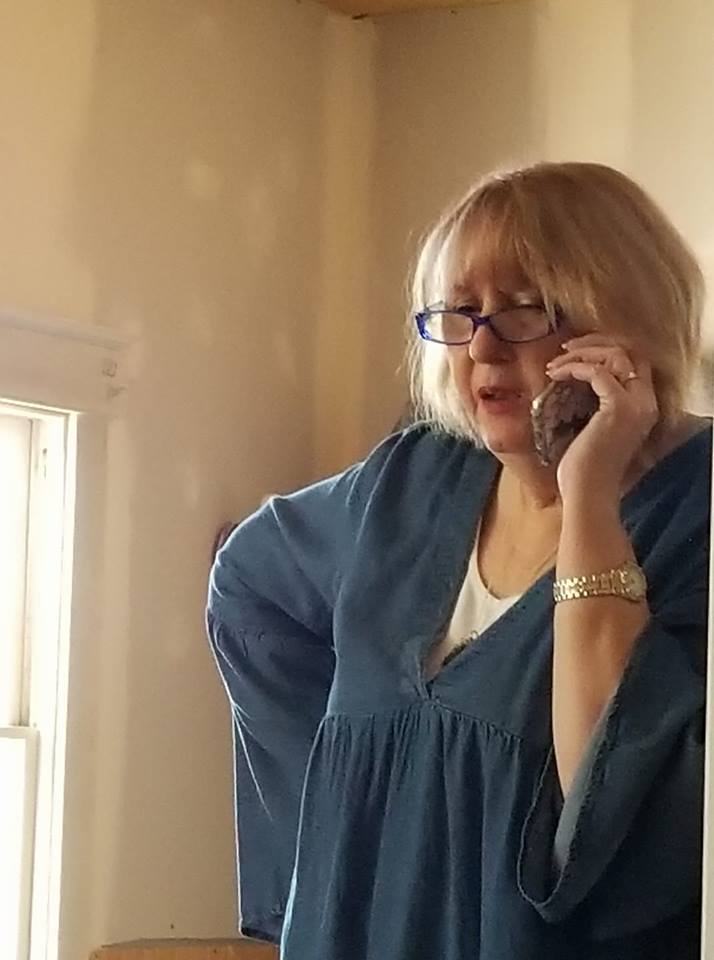Pieter Gaskin is a Renaissance man with talents that range from creating and playing stringed instruments to writing.
By Edie Weinstein
 His first venture into authorship is in the form of the delightful children’s book called Adirondack Luau. The main character is eight year old Peleki who lives in Hawaii and when summer vacation begins, his grandmother, who, with his grandfather, resides on the mainland in the Adirondacks, flies out to bring him home with her for a few weeks.
His first venture into authorship is in the form of the delightful children’s book called Adirondack Luau. The main character is eight year old Peleki who lives in Hawaii and when summer vacation begins, his grandmother, who, with his grandfather, resides on the mainland in the Adirondacks, flies out to bring him home with her for a few weeks.
Peleki has a particular passion; playing the ukulele, and he is disappointed that he won’t be able to perform with his family as he had anticipated doing during his school break. He is also feeling homesick for his native Oahu once he lands in upstate New York; like a stranger in a strange land and quite out of his element.
He doesn’t want his grandparents to think that he is ungrateful, so he keeps it to himself. It also takes a while for him to adjust to the climate change from tropical heat to a bit of a nip in the air. His grandparents lovingly expose him to new adventures and unfamiliar foods. His grandfather crafts a special gift for him that becomes a pivotal part of the story. A happy ending ensues.
I invite you to get to know Pieter as you ‘listen in’ to our conversation.
Bellesprit: Have you long been drawn to music?
Pieter: Music has been in my life as long as I can remember. My dad played tenor banjo and guitar. My grandmother played piano. I remember dad packing his gear seemingly every Saturday night for a gig in Alexandria Bay, NY. He played at Alexander’s Ragtime in the 60’s and early 70’s.
Bellesprit: What are some of your favorite styles?
Pieter: I love all kinds of music. My favorite style is pretty much what I am playing at the moment. Rock, Jazz, Pop, Country, etc. I have even done some work locally playing musicals. If I can feel it, I can play it. Sometimes it might take me a little while to pick up on all the nuances. I am very Grateful for that gift though, I did have to develop it over the years. I learned that a “wrong” note is your best friend for it points you to the “right” note. I have played many wrong notes!
Bellesprit: What impact has it had on your life?
Pieter: I am not sure just yet. I have been very blessed to have toured the country in a world class drum and bugle corps at 17, to have been chosen as one of 60 out of 600 to attend Victor Wooten’s Bass Nature Camp in the spring of 2002. I have twice played bass on tracks featured on the nationally syndicated country radio show Radio Lia for her “15 Seconds of Fame” segment. It was rumored that some of the tracks I played on locally made it onto the old Cash Box chart though, I have no proof. I think music’s impact on me is still playing out, no pun intended. I would really love to make a living with my music but, so far have been just on the “outside” of that level. One thing for certain is that it’s always playing in my head and it has brought me a great deal of joy, laughter and connection over the years.
Bellesprit: How did you become a designer of stringed instruments?
 Pieter: In the 80’s I became aware of high end bass guitars made with premium exotic woods and electronics by companies such as Alembic. These instruments were handcrafted one at a time and a lot of attention was paid to fit and finish. By far they outplayed the “off the rack” instruments of the day. Mind you though that this is totally subjective on the part of the player. I dreamed that one day I would build custom instruments that I would play myself. I felt if I built it with my own hands I would be more connected to the instrument energetically. It would take on my own “vibes”. Little did I know that my journey would take me toward acoustic instruments although I believe even solid body electric guitars are acoustic in nature.
Pieter: In the 80’s I became aware of high end bass guitars made with premium exotic woods and electronics by companies such as Alembic. These instruments were handcrafted one at a time and a lot of attention was paid to fit and finish. By far they outplayed the “off the rack” instruments of the day. Mind you though that this is totally subjective on the part of the player. I dreamed that one day I would build custom instruments that I would play myself. I felt if I built it with my own hands I would be more connected to the instrument energetically. It would take on my own “vibes”. Little did I know that my journey would take me toward acoustic instruments although I believe even solid body electric guitars are acoustic in nature.
Bellesprit: As you are creating it, does it tell you how it wants to be designed?
Pieter: Great question! Yes, most certainly. I am not sure how to put it into words but, each piece of wood I work with lets me know. For instance, the thinning of an acoustic guitar top. I start with a particular thickness and gradually, with the help of a thickness sander, thin it down. After each pass, I flex the top feeling the change. There is definitely ‘Something’ guiding me in the process.
The same goes with carving the braces that support and help with the vibrations of the top. There comes that moment when I FEEL it is time to stop. Each instrument is different. Sometimes I will “tap tone” the top. There is no set tone I am looking for other than listening to the change in pitch and sustain. The wood will tell you.
Bellesprit: Does each one have a unique feeling to it?
 Pieter: Yes, every single piece is different even if it comes from the same board. Every species is different too, though you can make generalizations. In the end, it is the sum total of the whole process. This is why I believe that a handmade instrument made by one (or at least as few as possible) sounds better than almost any instrument bought “off the rack”.
Pieter: Yes, every single piece is different even if it comes from the same board. Every species is different too, though you can make generalizations. In the end, it is the sum total of the whole process. This is why I believe that a handmade instrument made by one (or at least as few as possible) sounds better than almost any instrument bought “off the rack”.
You have one person’s individual attention and energy going into that instrument. Then the musician’s unique energy is the final ingredient completing the instrument. Over time, the instrument’s tone will improve. There are many theories as to why.
Bellesprit: Nature seems to be in your blood. Did you grow up immersed in it?
Pieter: When I was just five days old, I was brought to a cottage on Cranberry Lake in the mountains of the Adirondacks. To this day I still feel the most at home visiting the lake. My father was the faculty adviser for the outing club at Jefferson Community College in Watertown, NY. Often times my parents would take me along on the trips. One of them was a hike up Mount Marcy the highest peak in the Adirondacks. This was always on Columbus Day weekend. We stayed in lean- to’s about half way up and often it would snow up there that time of year. I actually took some of my first steps in the woods. I used that story as part of my Children’s book Adirondack Luau.
Bellesprit: Loved the book. How did you come up with the concept?
Pieter: Thank you! I was driving on Moose River road headed for Inlet, NY where there was an author’s fair. I was taking my wife at the time, Holly, to sell her self- published books. I remember feeling very excited and happy to once again have a chance to spend some time in the Adirondacks when I asked myself, how could I write a story about the Adirondacks with a ukulele in it? At the time, I was building a ukulele. When we got to the show, I wrote the outline of the story from beginning to finish as Holly sold her books. The next day I began to write and was finished in about two weeks. It took a lot longer to get it edited and find an illustrator but, in the end, I am happy with the way it turned out.
Bellesprit: Hawaii is on my bucket list and reading the book enticed me even more.
Pieter: That’s great! I feel drawn to Hawaii for some reason. My dad passed away about 3 years ago. It was only after his death did I discover why there were ukuleles and ukulele songbooks all around the house as I grew up. Turns out that his secret to playing the tenor banjo was to tune it to ukulele pitch.
The chord shapes were easier to make and with the construction of the banjo it would be very hard for the average listener to tell it wasn’t standard tuning. Recently I have picked up the instrument and began to learn how to play. Musically it has opened up parts of me I didn’t even know existed and continues to the more I play. It has even inspired me to create a unique stringed instrument for Adirondack Luau. I am now in the process of building the prototype. Should be a lot of fun to play!
Bellesprit: What I enjoyed most about it was that ways in which Peleki found to adapt to new situations by finding commonalities with what he knew. Pretty profound for an eight year old. Is he based on a person in your life?
 Pieter: All I can honestly say is that there is a lot of me in ALL the characters in the book as well as folks I grew up with though, I wouldn’t call myself profound. I’d like to think all those outdoor adventures I had growing up helped me to become adaptable to changing conditions. I have really been blessed to have so many experiences.
Pieter: All I can honestly say is that there is a lot of me in ALL the characters in the book as well as folks I grew up with though, I wouldn’t call myself profound. I’d like to think all those outdoor adventures I had growing up helped me to become adaptable to changing conditions. I have really been blessed to have so many experiences.
Bellesprit: Did you have mentors who helped you along the way to pursue your artistry?
Pieter: I have had many mentors along the way. Many who I have personally met and those I emulated. As you know, the quickest way to success is to find someone who already has it and to do what they did.
Bellesprit: What’s it like sharing a life with another writer?
Pieter: While we are no longer sharing our lives together, I would like to thank Holly for encouraging me to write my book. I might never had if I hadn’t met her on my journey.
Bellesprit: Do you bounce ideas off of each other?
Pieter: Not really, though she was quite interested in Peleki. She does know about one of the ideas for a sequel but, I really have to visit Hawaii first to do some researching. That would be pretty “tough” to take wouldn’t it?
Bellesprit: Yes, but someone has to do it. Is there anything else you would like to share?
Pieter: While the last few years have been challenging for me, I believe we are all here for a purpose. I am not exactly sure what mine is yet but, I am exploring and sharing who that might be. I know I enjoy connecting to people either through the music I play, the instruments I build or anything I may write in the future.
I think our greatest gifts are simple things that make us unique and we are all unique. It is when we share those gifts with others we inspire them to share their own. It is in doing this that we find our purpose and greatest success.
You can learn more about Pieter’s work via his website http://pieterdavidgaskin.com/
About the Author:
 Edie Weinstein is a career journalist with 23 years experience interviewing some of the most amazing movers and shakers on the planet, including Ben & Jerry,Shirley MacLaine, Ram Dass, Michael Beckwith, Jack Canfield, Alan Cohen, Karen Drucker, Judith Orloff, Louise Hay, Marianne Williamson, Dan Millman, Wayne Dyer, Elizabeth Lesser, Arielle Ford, Debbie Ford, SARK, Bernie Siegel and His Holiness the Dalai Lama. In addition, she is an interfaith minister, dynamic motivational speaker, opti-mystic, (seeing the world through the eyes of possibility), transformational coach, social worker and PR Goddess. From 1988-1998, she was co-publisher of Visions Magazine.
Edie Weinstein is a career journalist with 23 years experience interviewing some of the most amazing movers and shakers on the planet, including Ben & Jerry,Shirley MacLaine, Ram Dass, Michael Beckwith, Jack Canfield, Alan Cohen, Karen Drucker, Judith Orloff, Louise Hay, Marianne Williamson, Dan Millman, Wayne Dyer, Elizabeth Lesser, Arielle Ford, Debbie Ford, SARK, Bernie Siegel and His Holiness the Dalai Lama. In addition, she is an interfaith minister, dynamic motivational speaker, opti-mystic, (seeing the world through the eyes of possibility), transformational coach, social worker and PR Goddess. From 1988-1998, she was co-publisher of Visions Magazine.
Find out more at www.opti-mystical.com/.



